Mitsubishi Pajero Evolution: Dakar champ is a JDM collectible
Want a better understanding of what’s driving collector-car values? Sign up for the Hagerty Insider newsletter.
A 1998 Mitsubishi Evolution sold on Cars and Bids in late January for $51,205, a sale that appears to be a record at public auction—but that’s not saying much. We’ll get to that.
But damn, doesn’t that seem conspicuously cheap for a real-deal JDM homologation rally special? It’s dead-center in the Venn-diagram of three market segments—Japanese collector cars, SUVs, and homologation specials—that already went supernova during the past three years. You’d think with market bona fides like that, you wouldn’t be able to source a clean Pajero Evo for less than the six-figure watermark. Again, we’ve got some theories.
We might have to start with the Pajero sub-brand itself. The globally-popular Pajero was Mitsubishi’s take on the full-size SUV that offered a rugged, utilitarian 4×4 toolkit against the Toyota Land Cruiser, Nissan Patrol, and Land Rover Defender, to a lesser extent. Though not quite as popular as the inimitable Toyota, the Pajero proved a complete success for Mitsubishi, selling a whopping 3.3 million units over four generations and 40 years of production.

Despite all those Pajeros roaming around the rest of the world, the nameplate has little notoriety in the U.S. Residents of Burgerland might be more familiar with the Mitsubishi Montero, the Americanized version of the global Pajero. Well, while the Montero was shuttling the kiddos to school and making the incredibly treacherous climb up the slightly damp ramp at the mall parking garage, the Pajero was blasting over dunes and splashing through water crossings in the brutal Dakar Rally, right from the first model year in 1982.
Mitsubishi didn’t participate half-heartedly in the Dakar, either. The Pajero has 12 first place wins out of 41 podium finishes in the infamously challenging long-distance rally raid event—more than any other production SUV in history. It also has more seconds and thirds in the rally than any other vehicle in its class, and it swept the podium five times.
In 1997, Mitsu set its sights on the Dakar’s “T2” category for “Cross-Country Series Production Vehicles,” or upfitted versions of workaday production cars and trucks you could nab at your local dealer. Of course, the governing body behind the event implemented standard homologation rules to prevent automakers from showing up in battle-ready prototype raid-weapons that had nothing to do with their production counterparts. If you wanted to field something in Dakar’s T2, you had to legitimately offer it for public consumption.
Fans of Group A and Group B know how this story goes. Like the Porsche 959, BMW E30 M3, Lancia Delta Integrale, and Ford RS200, the resultant Pajero Evo—or PajEvo—was more of a cheesed compliance special edition rather than a full-scale production sales superstar. Most sources pin total production of the PajEvo at 2500 units produced between 1997 and 1999, none of which made landfall in the U.S. at the time.
Like all the homologation greats, the PajEvo is a significant departure from its vanilla source material. The styling-by-steroids is likely the first thing you’ll notice, and make sure you get a real close look; focus on the rear potion of the roofline, specifically on those aerodynamic wing extensions large enough to cast shade on the rear window. Wider track and wider tires mean that ridiculously swollen bodywork ain’t just for show, either.
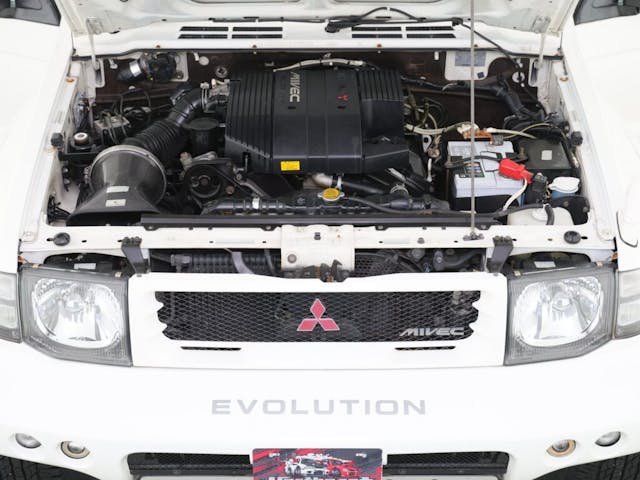
Gone is the Pajero’s standard front torsion bar- and rear stick-axle layout, replaced with the Evo’s full independent suspension, including revised springs and shocks controlling the motion of double wishbones in the front and a multi-link setup in the back. 276 hp and 257 lb-ft from the familiar 6G74 3.5-liter V-6 routes through triple differentials, with Torsens in the front and back along with a standard selectable center diff. Rounding out this package is a charcuterie of cool goodies like beefy under-chassis armor and some slick bespoke Recaro seats to keep you snug during extended silt drifts.
Use-case is where the PajEvo might struggle to gain as much market traction as its little Lancer siblings. Outside of some brave souls who will use their new super-SUV as intended, the most realistic scenario for this is Cars and Coffee cruiser and, for the rattier ones, an occasional desert blast. Couple this to a lack of recognition of both the Pajero nameplate and the Dakar Rally with the majority of U.S. enthusiasts, and we’re not yet sure what to expect of the PajEvo market.
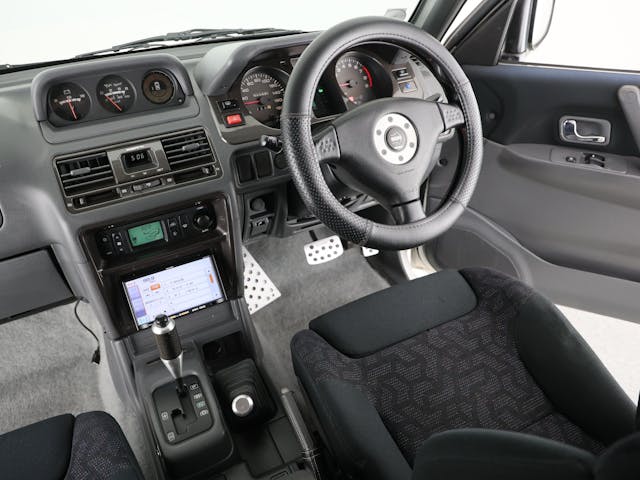
It seems the market itself isn’t sure yet, either. Bring a Trailer sold a 76,000-mile example for $50,413 in January, followed quickly thereafter by a $33,912 sale of a 124,000-mile PajEvo. Then, this week saw a no-sale of a Pajero Evo with rare five-speed manual transmission at $36,500. “The market is figuring out what they are worth. That said, I wouldn’t say that prices are all over the place,” explained Hagerty Data Analyst Adam Wilcox. “Most are insured between $40,000 and $65,000, and this range is is where they typically sell.”
Mirroring the relative affordability of classic Monteros, Wilcox also thinks the SUV’s lineage might limit the market. “It’s an amazing truck, but likely doesn’t have as wide of an appeal because of the marque. I think if this was made by Toyota—which has seen incredible value growth in its Land Cruiser range—this would be a $100K truck.”
The Cars and Bids’ PajEvo you see here proved it doesn’t have to be bone stock to attract big attention and big bids. Unlike the stock trucks up for sale on BaT, this 63,300-mile 1998 PajEvo wore 16-inch rally-ready OZ Racing wheels, painted tow-hooks, mud flaps, rain guards on the windows, a ladder mounted on the rear door, upgraded exhaust, and updated tech that includes touchscreen infotainment and an aftermarket rear-view camera.
Realistically, we just need to give it time. 2022 was the first year in which you could legally import a PajEvo thanks to the 25-year import law, so American enthusiasts are still figuring out how much these insane little trucks are worth. Especially given the increased popularity of collector SUVs, we don’t expect it to remain at the $50,000 waterline for long.
We’ll be surprised if we don’t see the cleanest PajEvos creep up toward—but maybe not across—the six-figure barrier. Until then, we’ll keep an eye on this developing market.
Check out the Hagerty Media homepage so you don’t miss a single story, or better yet, bookmark it.


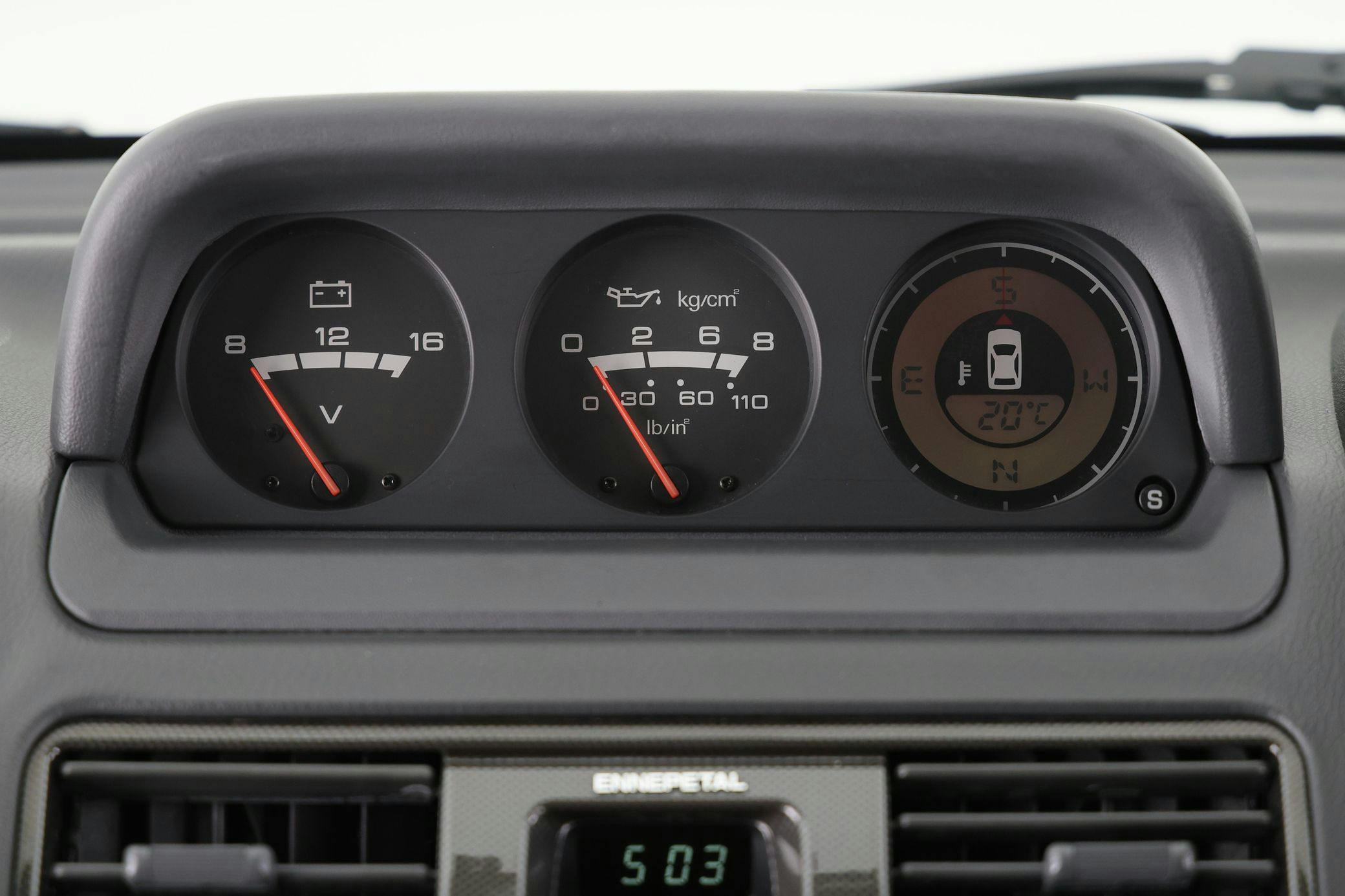
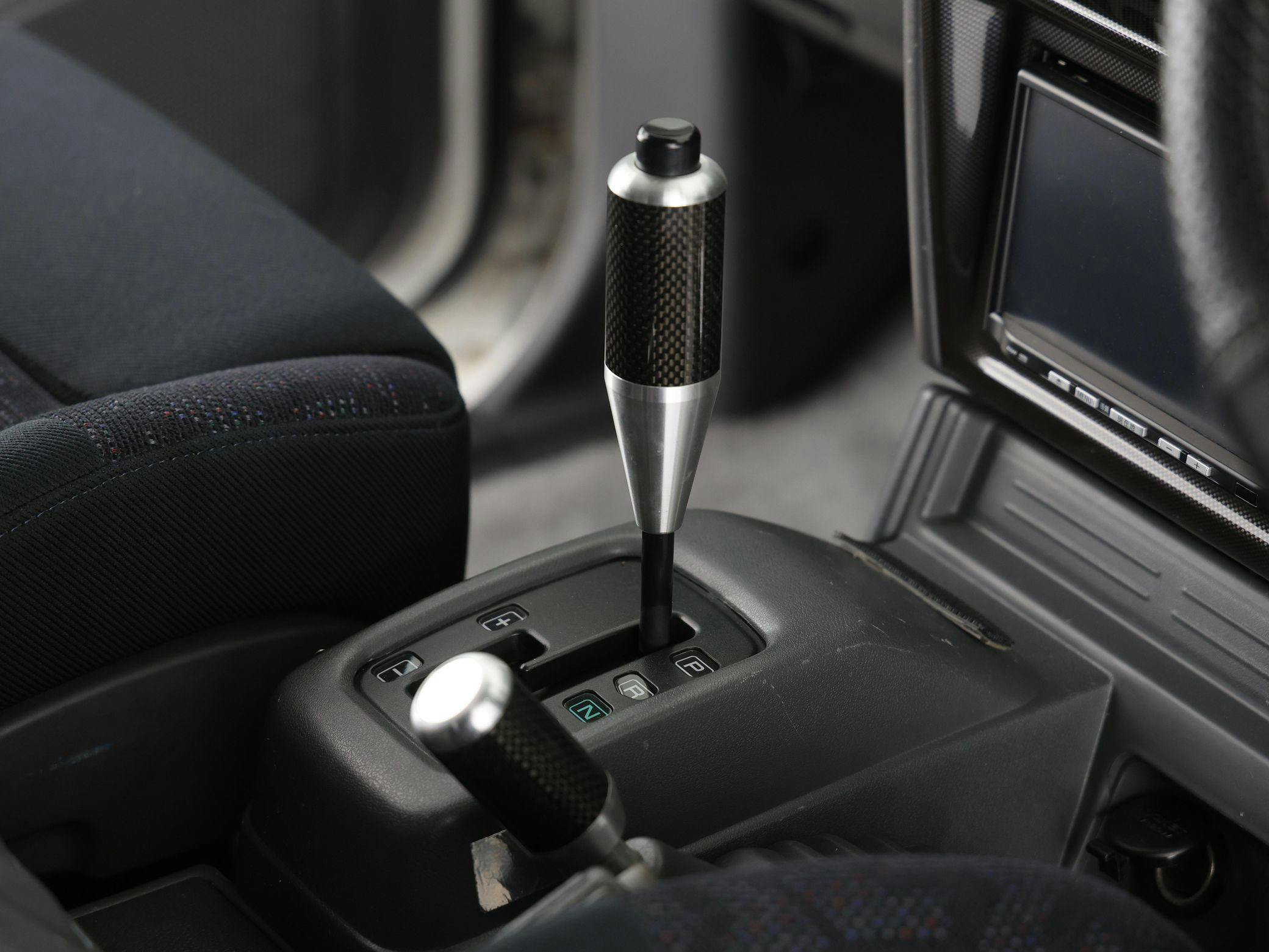
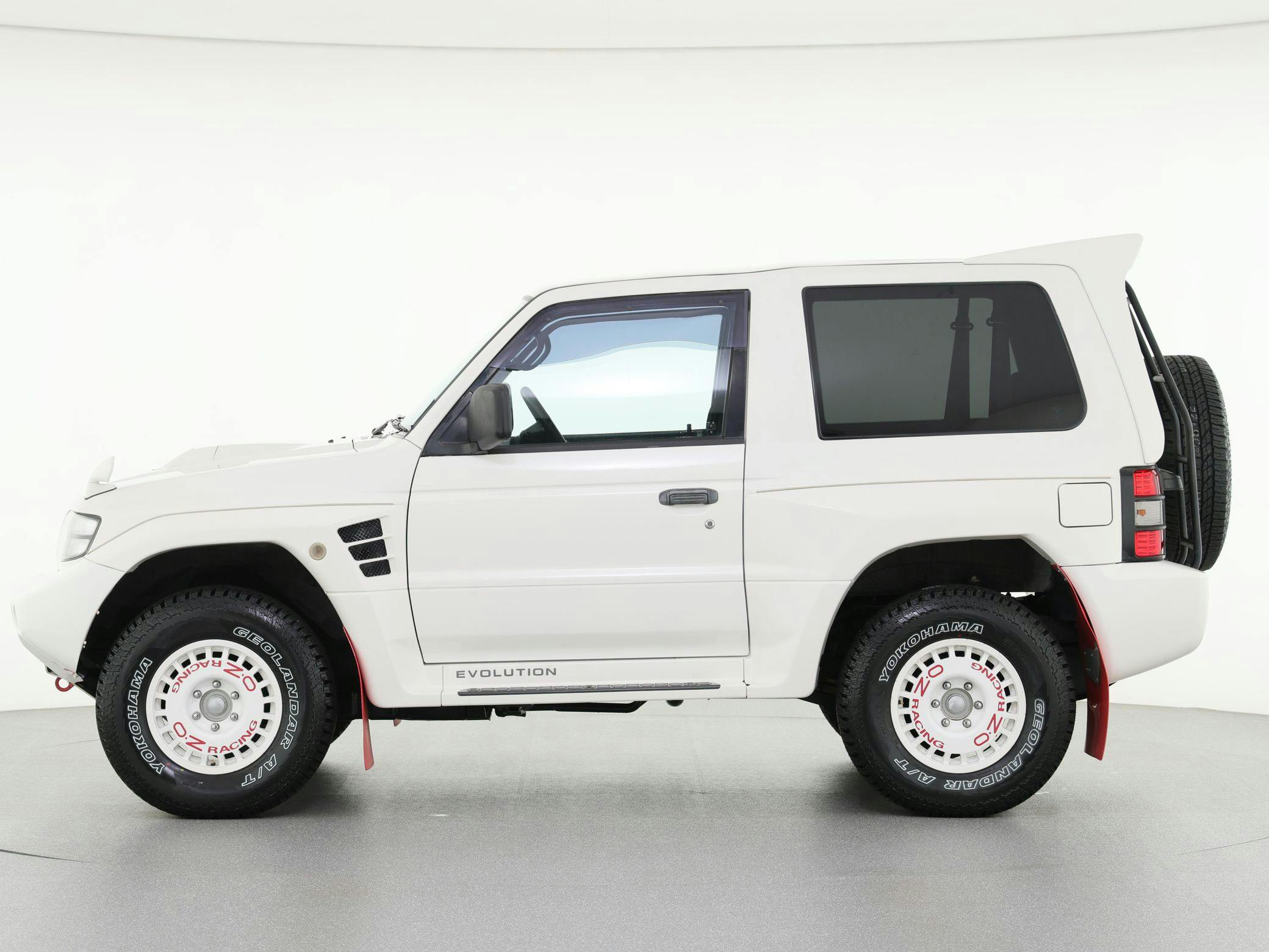
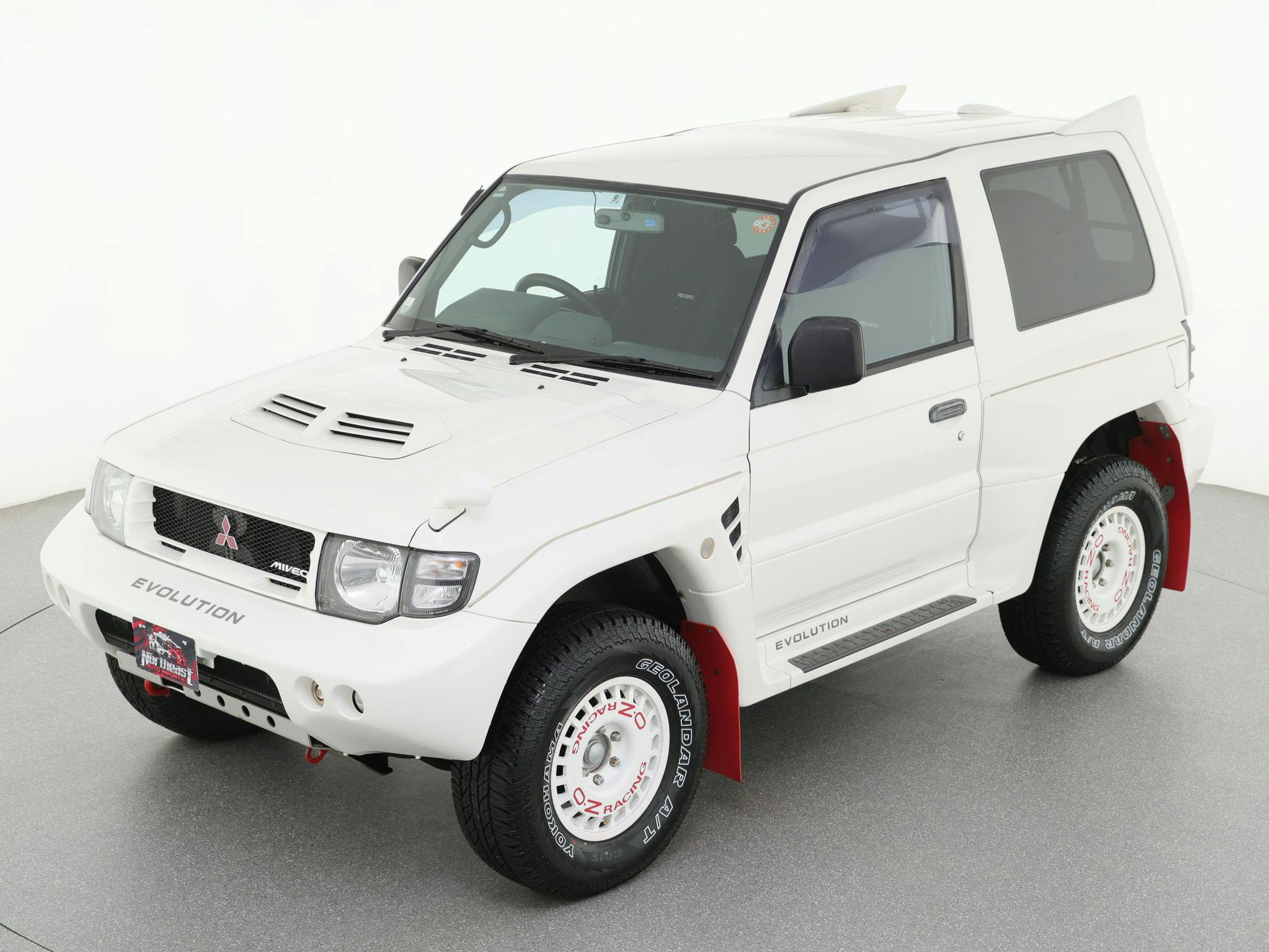
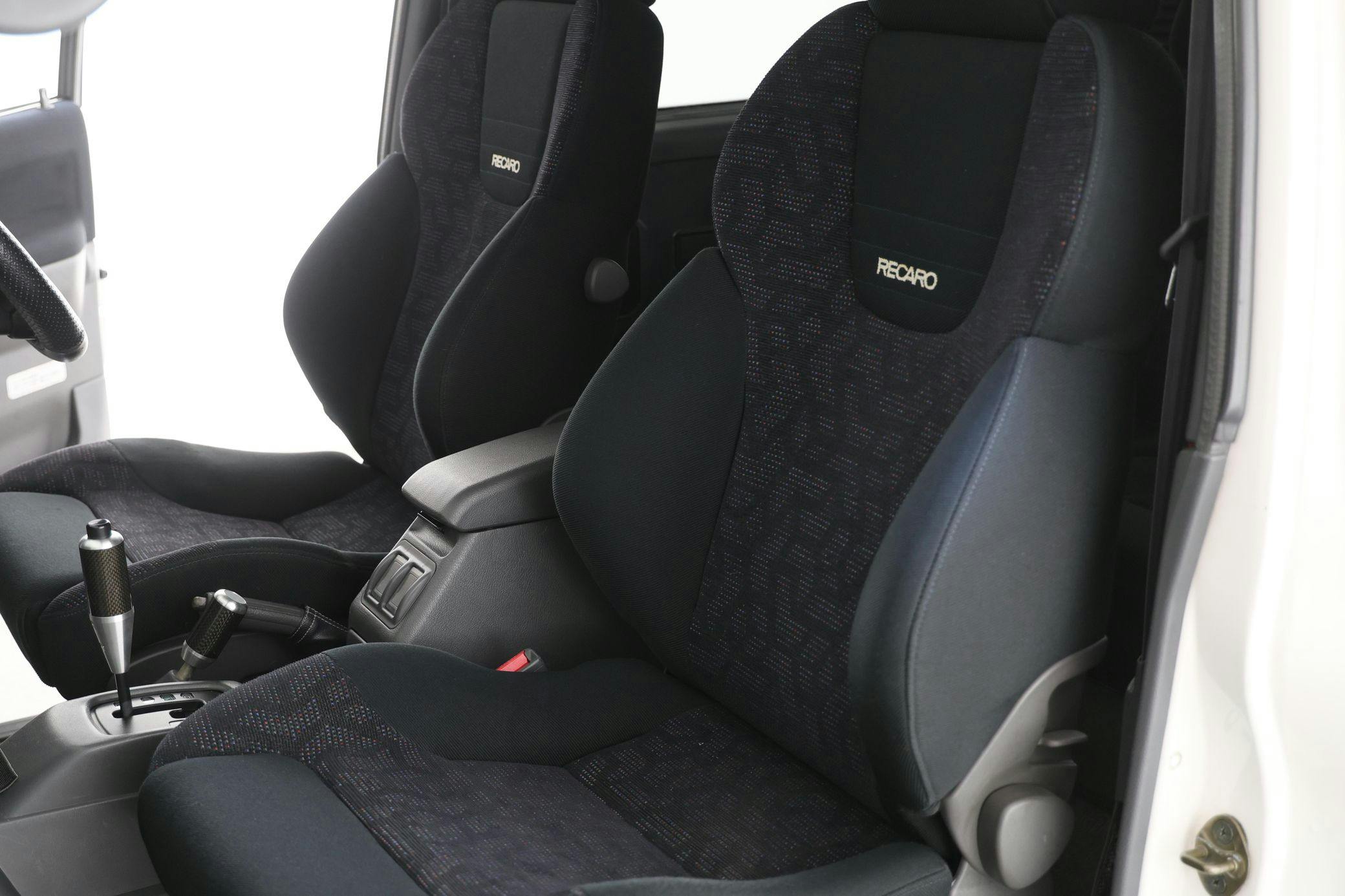
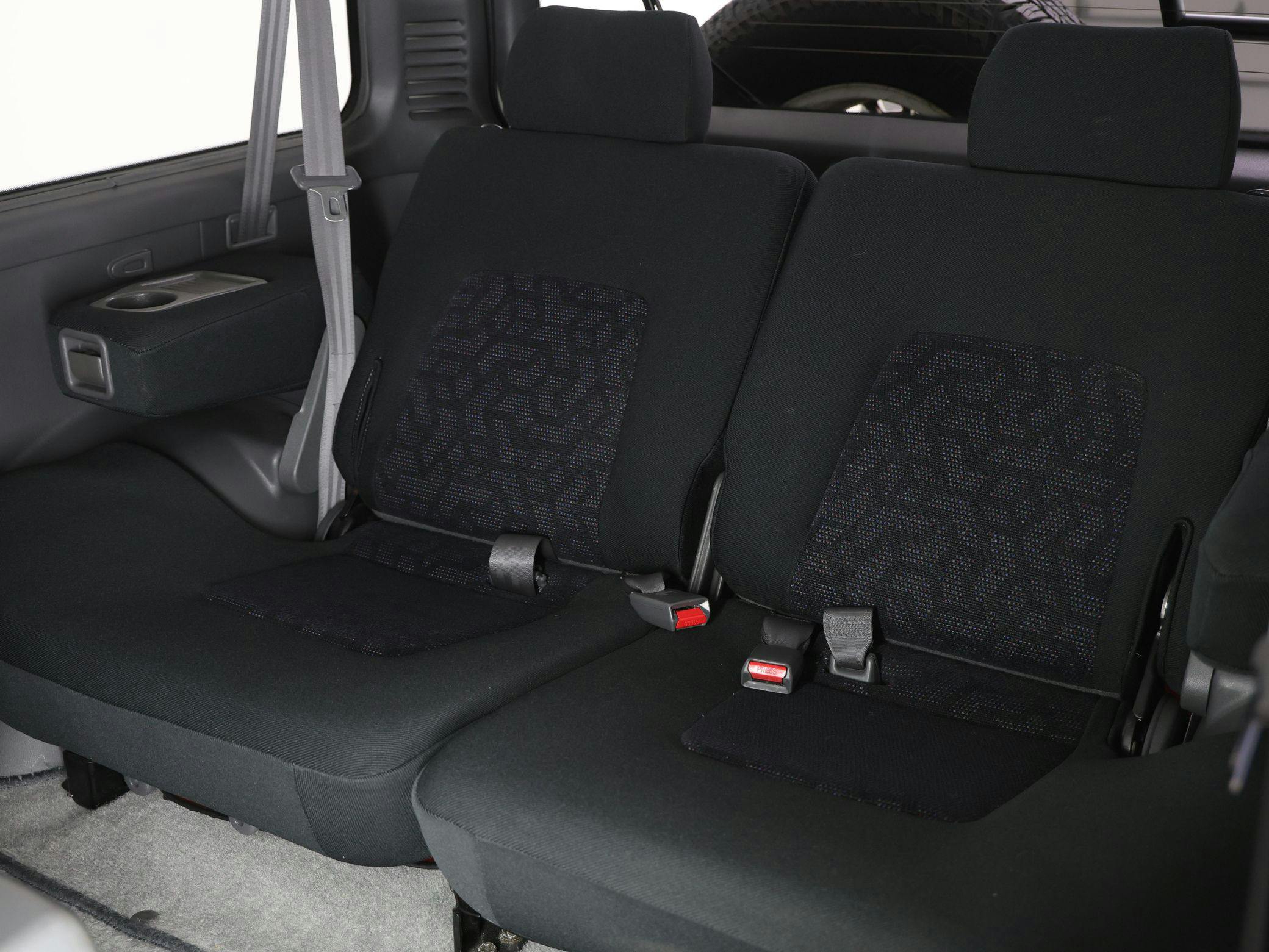
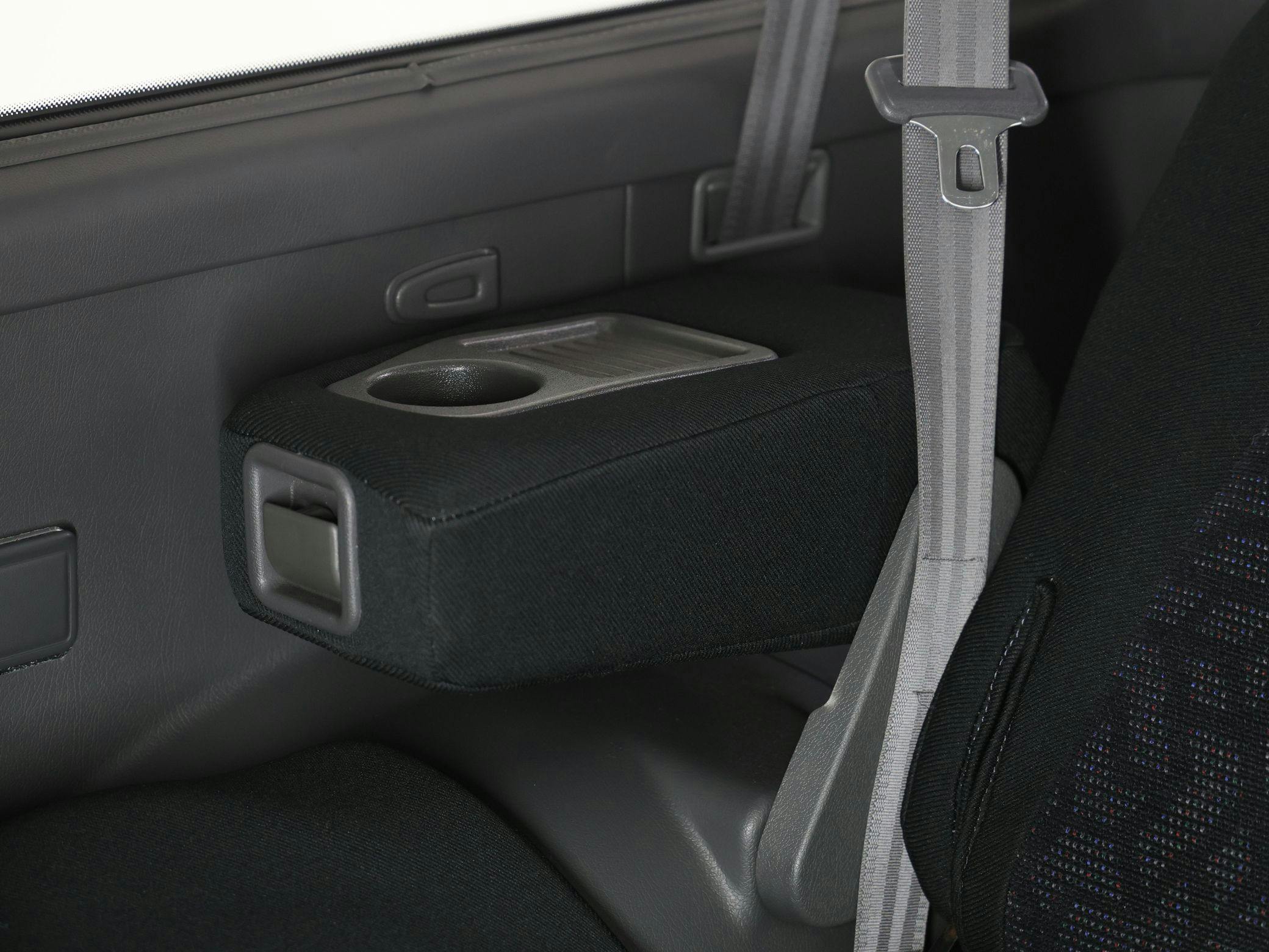

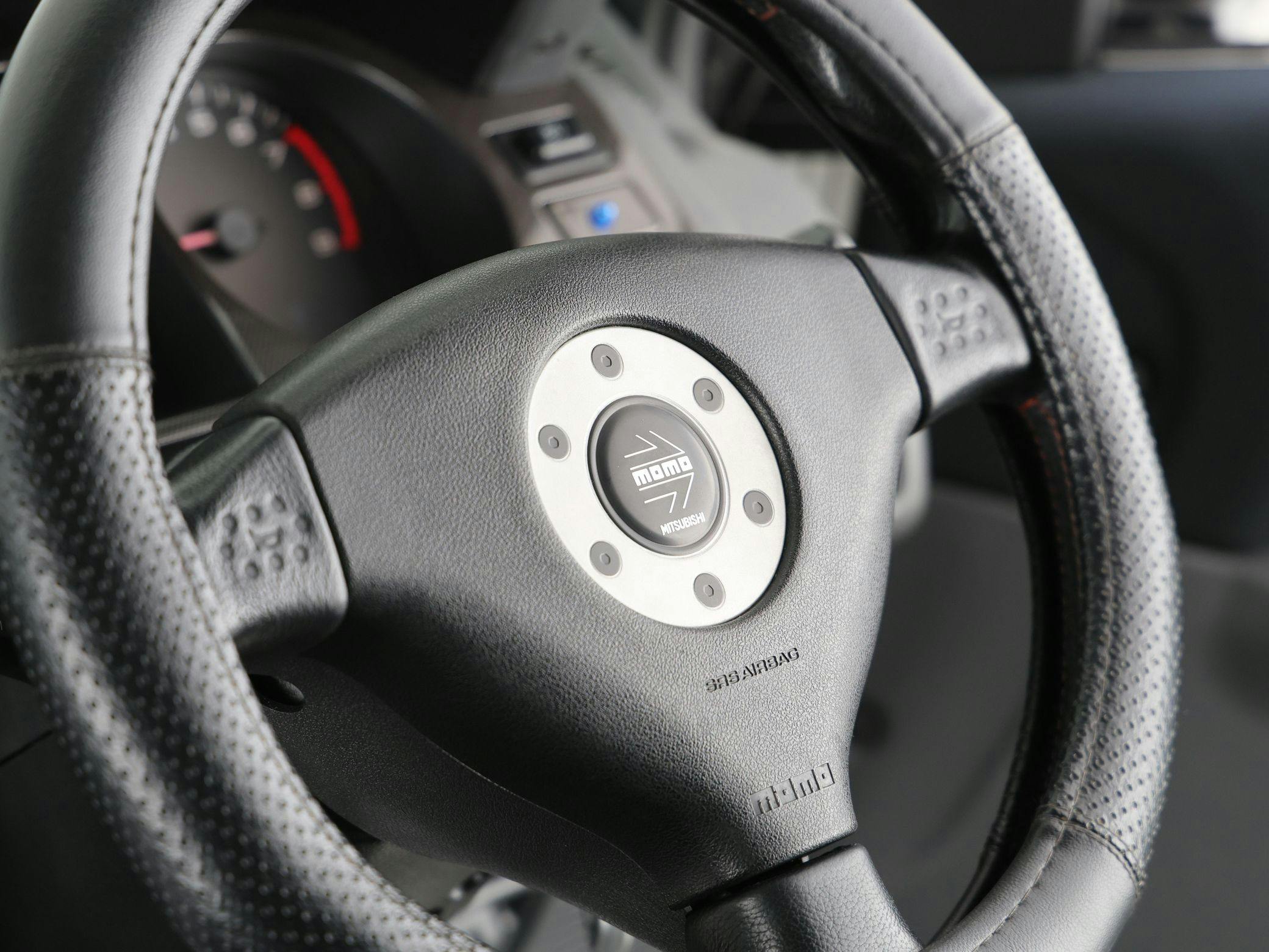
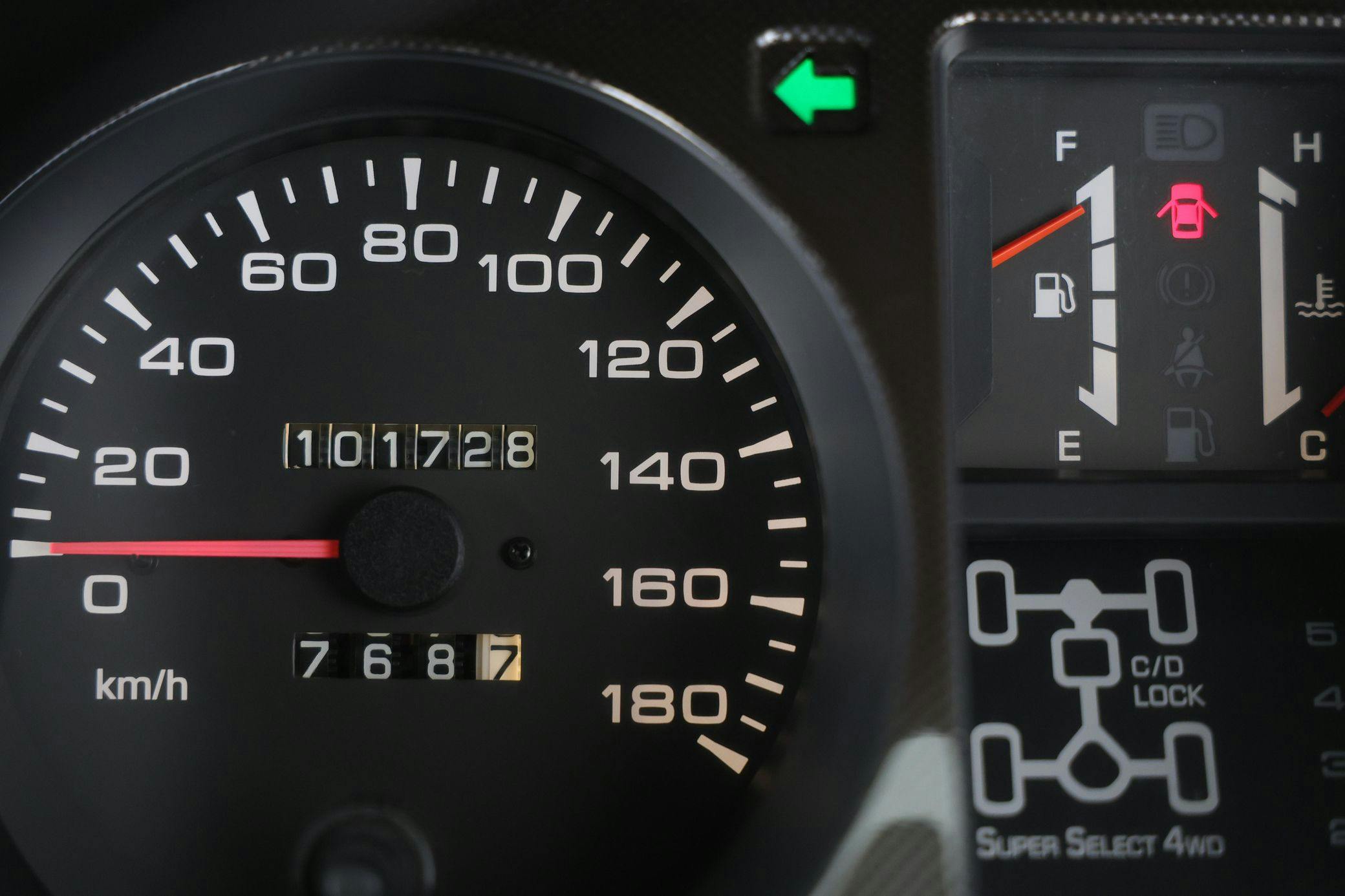


These are nice and rugged vehicles. Mitsubishi durability during this era is legendary. And the Pajero JR version is much more affordable and poised to increase in value, once the word gets out about their capability.